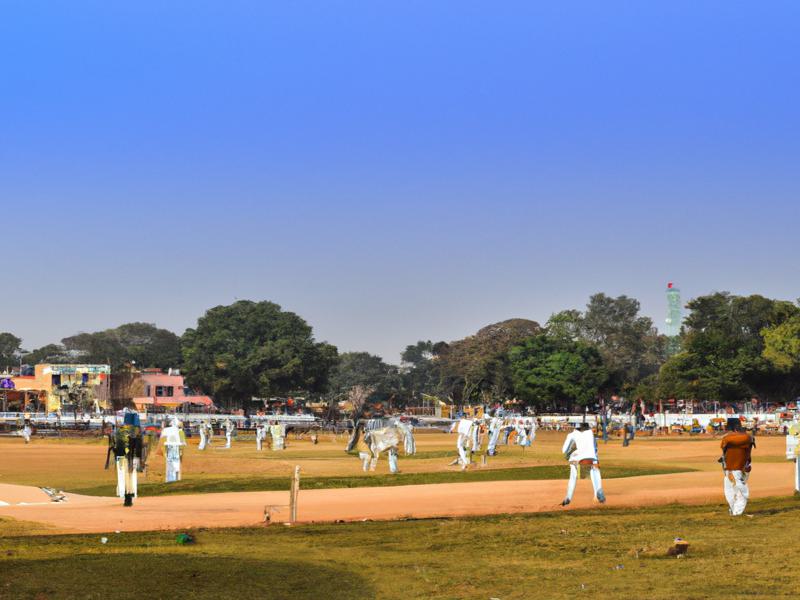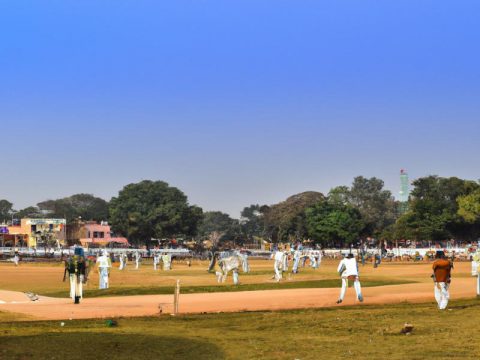
Rajeev Shukla and Ashish Shellar have been appointed to the Asian Cricket Council (ACC) board, according to Cricbuzz.com.
22.03.2025
CT 2025 Final: Analyzing Pakistan’s Absence from the Podium | Cricbuzz.com
22.03.2025**Women’s Cricket: The Evolution of T20 Leagues in Cultivating Development and Disparity**
**By Aayush Puthran**
—
In a notable sequence of events, Gujarat Giants concluded yet another season at the bottom of the points table in consecutive years; however, there was a glimmer of hope amidst their struggles. ©BCCI highlights this unique perspective.
*Emergence of Global Dialogue*
In August 2024, an intriguing dialogue transpired between two Pakistani cricket officials regarding the current landscape of women’s cricket. This insightful exchange of ideas found a surprising point of consensus on a sensitive issue: the perceived insularity of fixtures predominantly featuring Indian, Australian, and English teams, thereby marginalizing players from other cricketing nations.
While ostensibly the number of matches among Full Member nations remains fairly balanced, the discontent arises from the frequent appearances of players from these nations in exclusive leagues. Although a number of boards prioritize investments into Test cricket, which remains their prerogative, the disproportionate representation in T20 leagues generates significant frustration.
*Insights on Player Representation*
Upon evaluating league invitations extended to players worldwide, several top athletes from outside the dominant triad have indeed garnered attention. Players such as Deandra Dottin, Stafanie Taylor, and Hayley Matthews from the West Indies, along with South Africa’s Marizanne Kapp and Shabnim Ismail, New Zealand’s Sophie Devine and Amelia Kerr, and Sri Lanka’s Chamari Athapaththu, are repeatedly sought after by global leagues. Conversely, Pakistan’s Nida Dar stands as the sole Pakistani representative in the renowned Women’s Big Bash League (WBBL) in 2019—a conspicuous lack of representation compared to players from the USA, Scotland, and Ireland.
**Participation Statistics: A Closer Look**
The distribution of players in top-tier leagues drastically highlights the disparity:
| Country | WBBL | WPL | The Hundred |
|—————|——|—–|————-|
| Australia | 176 | 17 | 31 |
| England | 33 | 7 | 108 |
| India | 13 | 73 | 6 |
| New Zealand | 17 | 3 | 7 |
| West Indies | 4 | 3 | 3 |
| South Africa | 10 | 4 | 8 |
| Sri Lanka | 1 | 1 | 1 |
| Scotland | 3 | 2 | 4 |
| USA | 1 | 1 | 1 |
| Ireland | 4 | – | 1 |
| Netherlands | – | – | 1 |
*Explaining the Inequality*
The limited slots for overseas players mean that select players frequently participate in multiple leagues while many others go unnoticed. For instance, top-tier athletes like South Africa’s Kapp and West Indies’ Dottin are consistently in demand, while even top pacers like Australia’s Megan Schutt must compete intensely for limited opportunities. This imbalanced scenario sometimes relegates eminent talent like Shabnim Ismail or Annabel Sutherland to the side benches due to team selection limitations.
**Development versus Disparity**
The primary aim of these leagues is to elevate domestic talent by facilitating exposure to global players and game strategies. Australia leveraged this model early on, achieving sustainable league-driven growth that sees its players become sought-after talents on the international stage. As other countries, such as England, India, and the West Indies, endeavor to mirror this success, the competitive gulf between major cricketing nations and the rest widens—a sentiment aptly encapsulated by Deandra Dottin as she critiques the privileged status enjoyed by certain players and countries.
Dottin’s perspective highlights inequalities that transcend mere field exploits, encompassing factors such as travel conditions, financial compensations, and personalized skill development opportunities. It prompts a discussion on how boards in less privileged nations can emulate the model as a progressive development tool.
**Navigating Towards Equilibrium**
While some, like Michael Klinger of the Gujarat Giants, foresee an intensification of current trends due to fixed league windows, others like Jon Lewis of UP Warriorz believe the limitations drive ambition and perfect competition. With the evolving discourse, limited resources urge a strategic focus on nurturing domestic talent whilst bridging the investment gap for sustainable league establishment.
Even as Gujarat Giants, the perennial underperformers, inadvertently foster rapid progress of uncapped players, the broader narrative underlines the crucial developmental role played by even struggling franchises. Players making rapid progression from domestic circuits to the national team, such as Saika Ishaque and Kanika Ahuja, underscore the transformative impact of leagues like the WPL.
**Broader Implications and Future Pathways**
The perceived imbalance in playtime and opportunities within these leagues underscores the exigency for comprehensive league establishment across countries. With nations like Australia leading the charge with considerable progress in their domestic women’s league infrastructure, the need becomes increasingly urgent for nations like Pakistan and Bangladesh to follow suit, especially as they seek to rectify their standings in international rankings.
Ultimately, the continuous development of women’s cricket hinges on multifaceted strategies extending beyond traditional platforms. The shift requires proactive investment and strategic planning to ensure broader inclusivity and parity in the world of cricket—thereby reshaping the future landscape of women’s cricket leagues globally.


